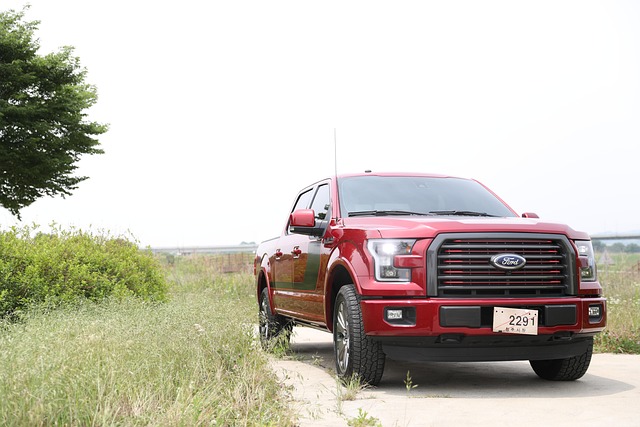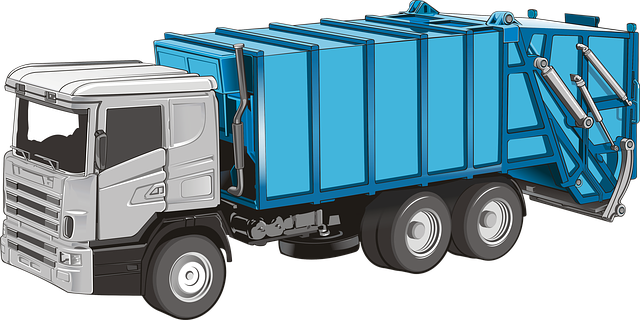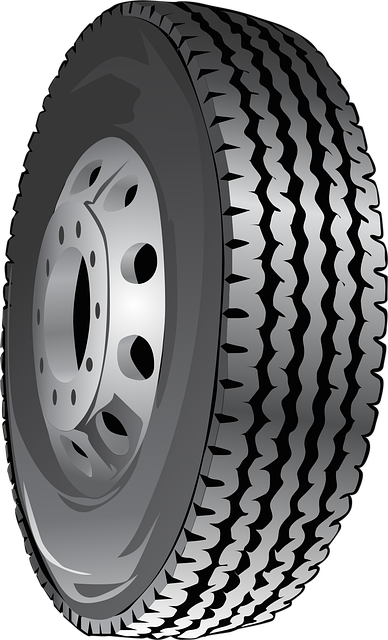Register Car California: DMV Steps with VIN Verifier
“Looking to register your car in California? This comprehensive guide walks you through the entire process, ensuring a smooth experience. From understanding crucial requirements to gathering essential…….

“Looking to register your car in California? This comprehensive guide walks you through the entire process, ensuring a smooth experience. From understanding crucial requirements to gathering essential documents, this article is your go-to reference. Learn how to navigate the DMV steps by step, verify your vehicle’s VIN accurately, and manage fees effectively. By following these simple instructions, you’ll be on your way to legal California car registration in no time with the help of a reliable dmv vin verifier.”
- Understand California Car Registration Requirements
- Gather Necessary Documents for Car Registration
- Visit the DMV: Step-by-Step Registration Process
- Verify Vehicle Identification Number (VIN) Accuracy
- Pay Car Registration Fees and Receive Your Registration Certificate
Understand California Car Registration Requirements

Before registering your car in California, it’s crucial to understand the state’s specific requirements. The California Department of Motor Vehicles (DMV) mandates several key steps for vehicle registration, including a thorough vin inspection. This involves verifying the Vehicle Identification Number (VIN) to ensure the vehicle’s authenticity and history. Using a reliable dmv vin verifier or even a mobile vin verifier can streamline this process by providing instant, accurate data on the car’s past ownership, accidents, and maintenance records.
A mobile vin verification, conducted using specialized apps or tools, offers the convenience of completing these checks from anywhere. This is particularly beneficial for both new and used car buyers as it helps protect against potential fraud or undisclosed issues with the vehicle. By adhering to these requirements, including a proper vin inspection, you’ll ensure a smooth registration process at the DMV, ensuring your peace of mind on California’s roads.
Gather Necessary Documents for Car Registration

Before you start the registration process, it’s crucial to gather all the essential documents required by the California Department of Motor Vehicles (DMV). This includes your vehicle’s Registration Application (Form DV-1), which can be obtained from the DMV website or picked up in person. Additionally, you’ll need proof of insurance, a valid driver’s license, and your vehicle’s Vehicle Identification Number (VIN) from its registration sticker or title.
A crucial step in preparing for car registration is to obtain a valid VIN inspection from a certified verifier. You can either visit a local DMV office for this service or opt for a mobile VIN inspection, where a professional will come to you to verify your vehicle’s details using the latest technology. Ensure that all documents are up-to-date and accurate to avoid any delays in the registration process.
Visit the DMV: Step-by-Step Registration Process

Visiting the DMV is a crucial step in registering your car in California. Here’s a simple breakdown of the process: First, gather all necessary documents including your vehicle’s registration certificate from the previous state (if applicable), proof of insurance, and a valid driver’s license. Next, head to your nearest California DMV office with these documents. An employee will guide you through the process, which involves filling out forms and providing information about your vehicle, including its make, model, year, and VIN (Vehicle Identification Number). The VIN is verified using a DMV vin verifier to ensure the vehicle’s authenticity and history.
Once your information is confirmed and any fees are paid, you’ll be issued a new California registration certificate. This process can often be streamlined with a mobile vin verification service, allowing you to check and register your car’s VIN without visiting the DMV in person. However, for the initial registration, having a physical inspection at the DMV remains necessary.
Verify Vehicle Identification Number (VIN) Accuracy

Before initiating the registration process, it’s crucial to ensure your vehicle’s Vehicle Identification Number (VIN) is accurate. This unique 17-character code serves as a fingerprint for your car, and any errors or discrepancies could lead to registration issues later on. Fortunately, verifying your VIN is straightforward, thanks to various reliable tools available today. Many people opt for a DMV VIN verifier or turn to mobile vin inspection apps, which provide instant, official checks against state databases.
Accurate VIN data is vital as it confirms the vehicle’s make, model, year, and other essential details. A valid VIN also ensures that your car meets all necessary safety and environmental standards set by California. By double-checking this information early on, you can save yourself valuable time and potential headaches down the line during the registration process.
Pay Car Registration Fees and Receive Your Registration Certificate

After verifying your vehicle’s identity with a DMV VIN verifier or undergoing a mobile VIN inspection, the next step is to pay the required registration fees. These fees vary depending on the type and age of your vehicle. You can typically pay online through the California DMV website, by mail, or in person at a local DMV field office. Once your payment is processed, you’ll receive your Registration Certificate, which is proof of your car’s registration status. This certificate is essential for displaying on your vehicle and may also be required for insurance purposes.
Remember to keep this document secure and up-to-date, as it’s a crucial component in ensuring your vehicle complies with California’s registration regulations. You can easily renew your registration before its expiration date, often through the same online or in-person methods used for initial registration.
Registering a car in California is a straightforward process that requires understanding specific requirements, gathering essential documents, and visiting a DMV office. By following these steps, from verifying the Vehicle Identification Number (VIN) accuracy using a reliable dmv VIN verifier to paying registration fees, you’ll have your vehicle registered and legally ready to hit the California roads. Remember to keep your registration certificate on hand for easy future reference.







